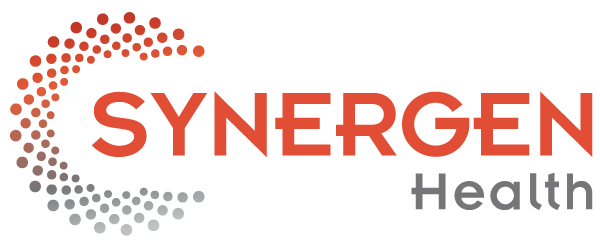Check out our library of resources to better understand the transformative value SYNERGEN Health can offer your organization.
Resources
See how we are transforming RCM operations

Wondering how your operations could benefit from synergized RCM?
Gain a holistic view of the current state of your RCM operations and discover opportunities for growth and improvement via our free opportunity assessment.
Request an opportunity assessment
